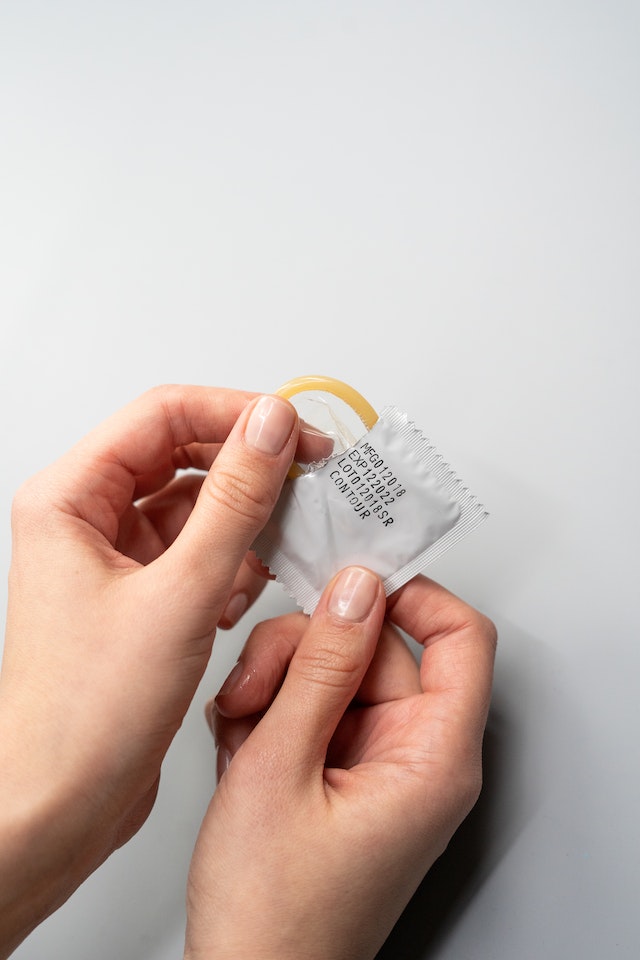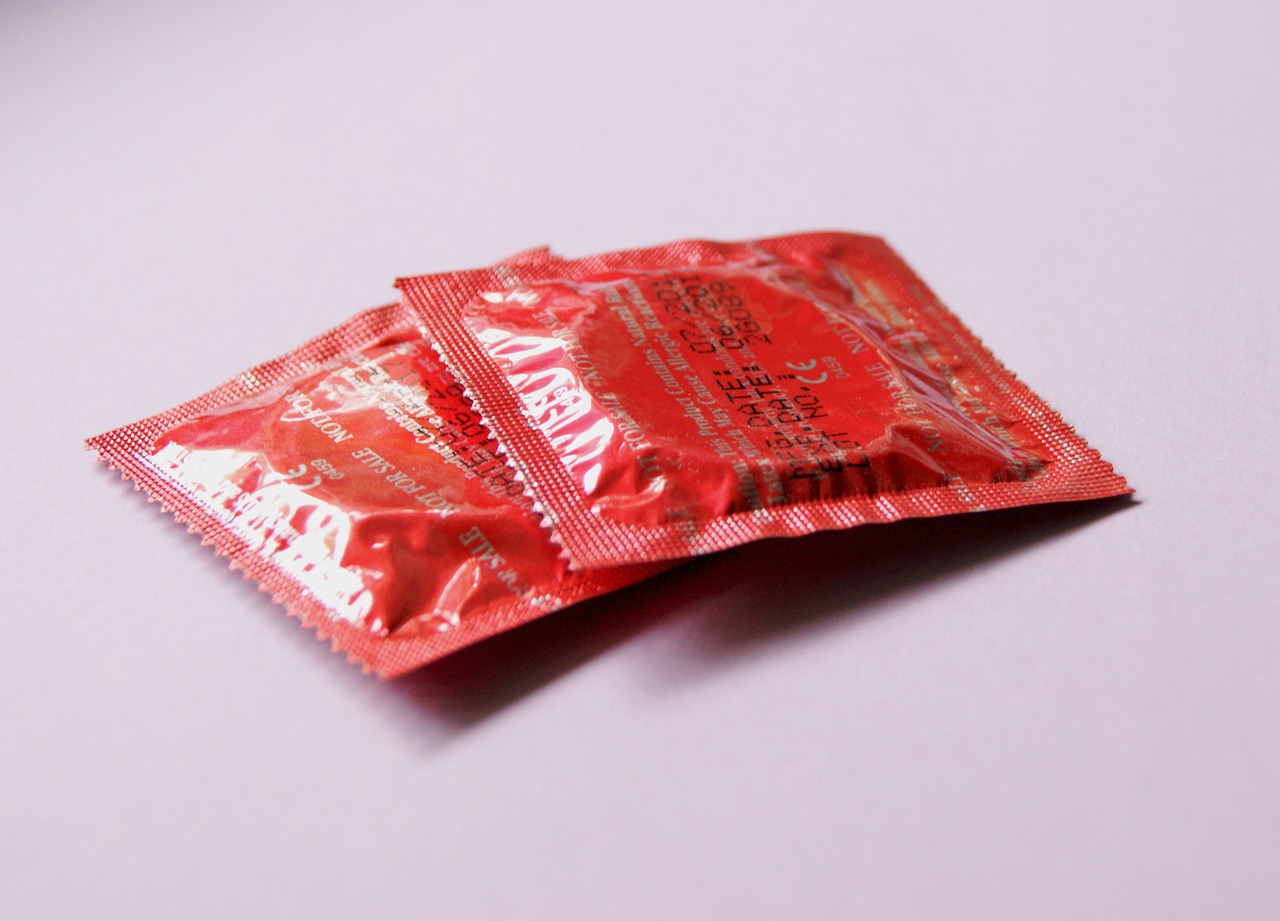Herpes is a kind of sexually transmitted infection which can lead to genital herpes, a lifelong viral infection. And although scientific studies have proven that using condoms prevents the spread of other STDs like gonorrhea and chlamydia, the efficiency of whether or not it prevents the spread of herpes is less certain.
So how effective are condoms in preventing herpes? If you’re interested to know more, then we encourage you to continue reading as we’re going to discuss this topic in today’s post.
Condoms Are Made Of What?

Condoms are types of contraceptives which acts as a “barrier” so the semen from the sexual organ of the male won’t come into contact with the eggs of the female during intercourse. These devices are made from thin latex, polyisoperene, or polyurethane. It is the most common kind of contraceptive that you can purchase over-the-counter to prevent pregnancy.
In the same way, condoms can also be used to prevent the spread of sexually transmitted diseases, especially when partners are engaged in vaginal, anal, and/or oral sex.
To use this device, the first thing you have to do is to carefully remove the condom out from its packaging and make sure not to tear the packet with your teeth, jewelry, or any sharp objects. Then remove the device and place it on the tip of the penis and squeeze any air using your thumb. Gently roll down the condom up to the base of the penis.
After intercourse, remove the contraceptive device from the penis and make sure that any semen won’t spill out. Do while will the penis is still erected. Then, carefully dispose the condom in the trash bin and not down the toilet.
Can Condom Prevent Herpes?
Research suggests that the use of condoms is 100% safe, provided that it is attached to the penis following the instructions above. And it is also indicated that using this type of contraceptive device will lower the risk of contracting genital herpes by up to 30%.
This data also suggests that the risk of getting herpes will be decreased by 7% for every time the device is used during traditional or oral sex. However, the risk of getting herpes will significantly increase when a condom is not used during sex.
Aside from that, the same research also indicates that the level of protection against herpes is the same for both men and women.
So based on studies, there is some level of protection provided by condoms against the infection of herpes and the possible spread of this STD.
Tips To Further Decrease The Chance Of Getting Infected With Herpes
Here are some ways you can further decrease the chance of being infected with herpes.
1. Use Genital Dams Aside From Condoms – A genital dam is also a type of contraceptive that works similarly to a condom. To use a genital dam”
– Carefully open and remove the dam from the package.
– Place it flat onto the opening of the vagina to completely cover the entire genital area.
– Proceed with the usual sexual intercourse activity.
– Carefully remove the dam away from the vagina area and make sure not to spill even a single drop of semen.
2. Practice Monogamous Sex – Engaging sex with only one partner is significantly safer compared to having many sexual partners. That’s because you’re not exposed to any individual who has a history of STD, in this case herpes, regardless if they’re aware of it or not.
3. Have A Regular Check Up – Make sure to schedule a regular consultation with a doctor to know more about STD prevention and practicing safe sex. Moreover, it’s also recommended to undergo STD testing to verify if you’re already infected with herpes, because you may not know that you’re already infected as the symptoms may tend to show up later.
4. Don’t Have Sex If You’re Infected – If you know you’re infected with herpes, the best thing you can do is not to have sex until the infection is fully healed. This is strongly recommended if you’re already noticing signs of herpes infection.
Additionally, in these cases the use of a condom won’t prevent you from spreading the herpes infection because there may be infected areas of the penis that the device doesn’t cover.
Moreover, don’t have sex until the scabs are fully healed and are starting to fall off, and don’t touch any infected part of the penis as you can still spread the disease just by touching others.
5. Talk To Your Sexual Partner About Practicing Safe Sex – Talk to your sexual partner and encourage him or her to undergo testing to ensure your sexual relationship remains clean and safe. And if you’re a bit apprehensive about taking an STD test, it is recommended to have online STD testing to ensure confidentiality.
